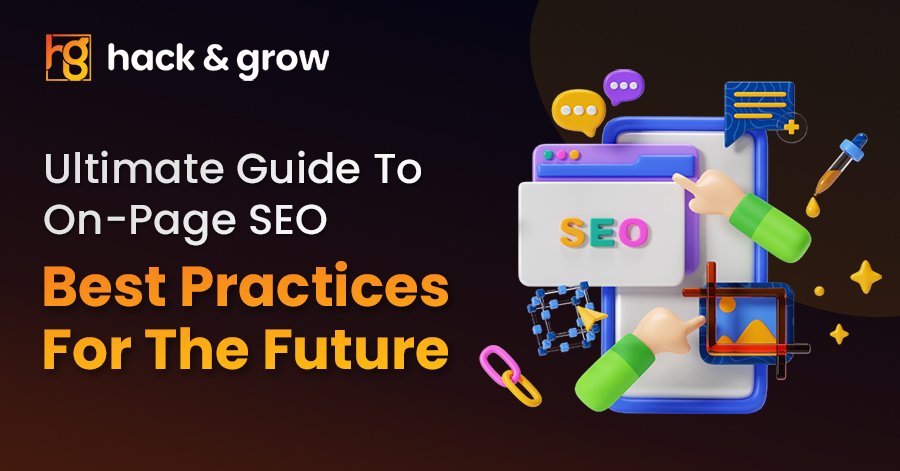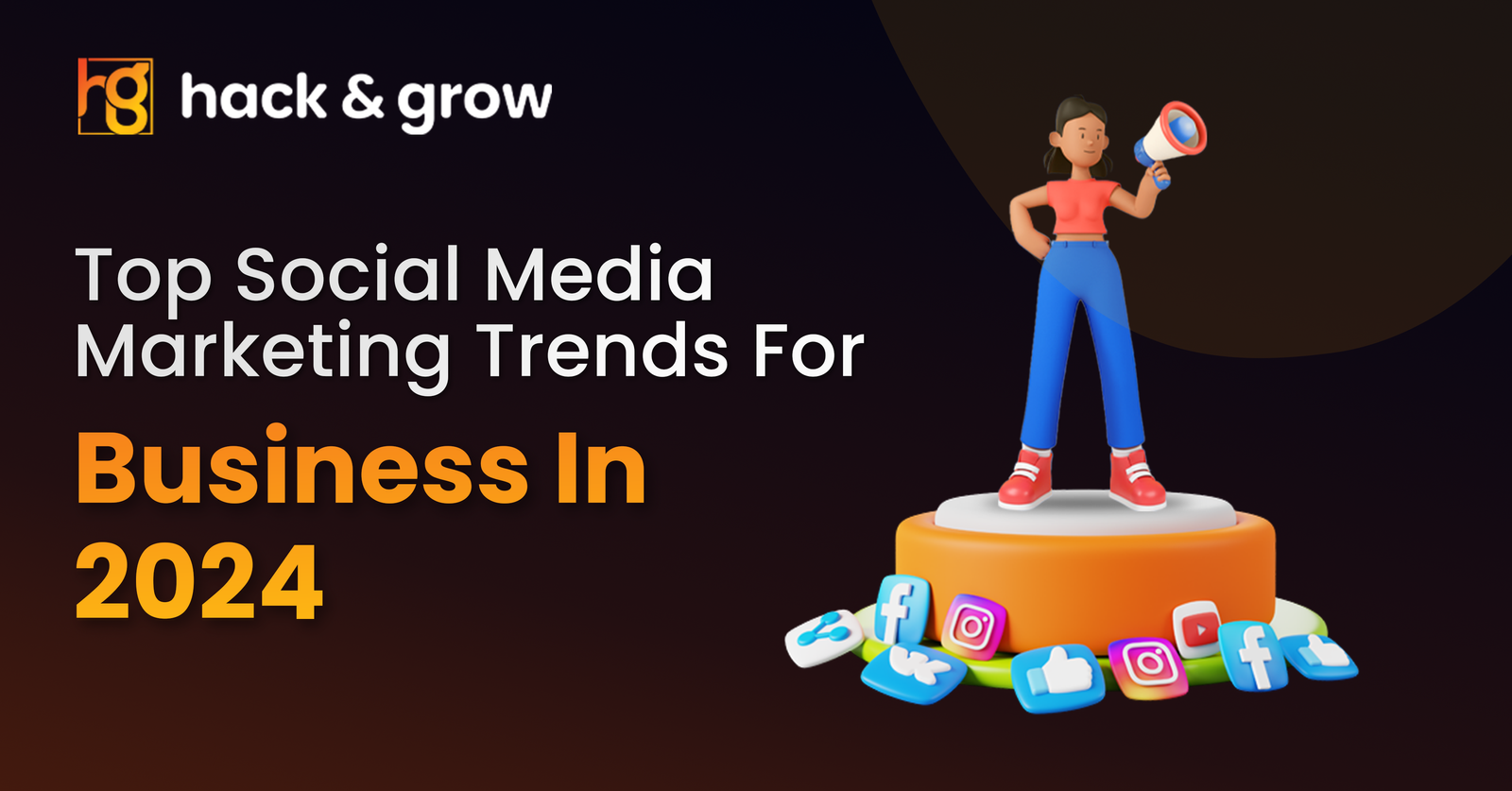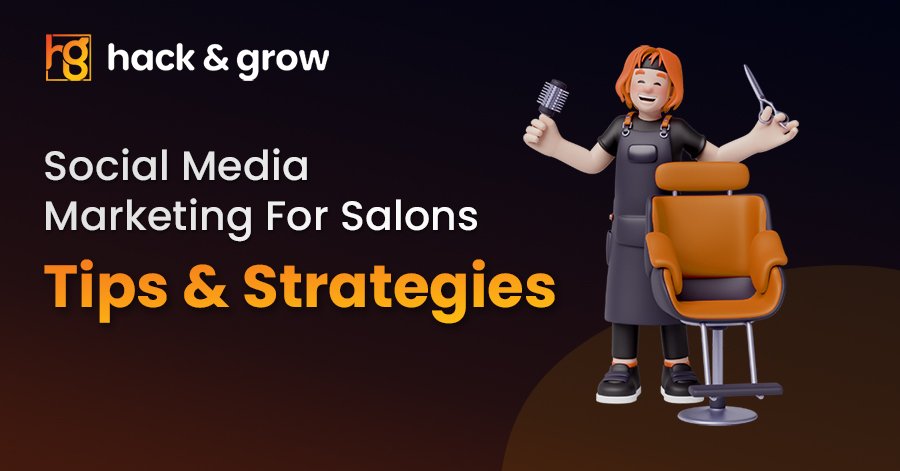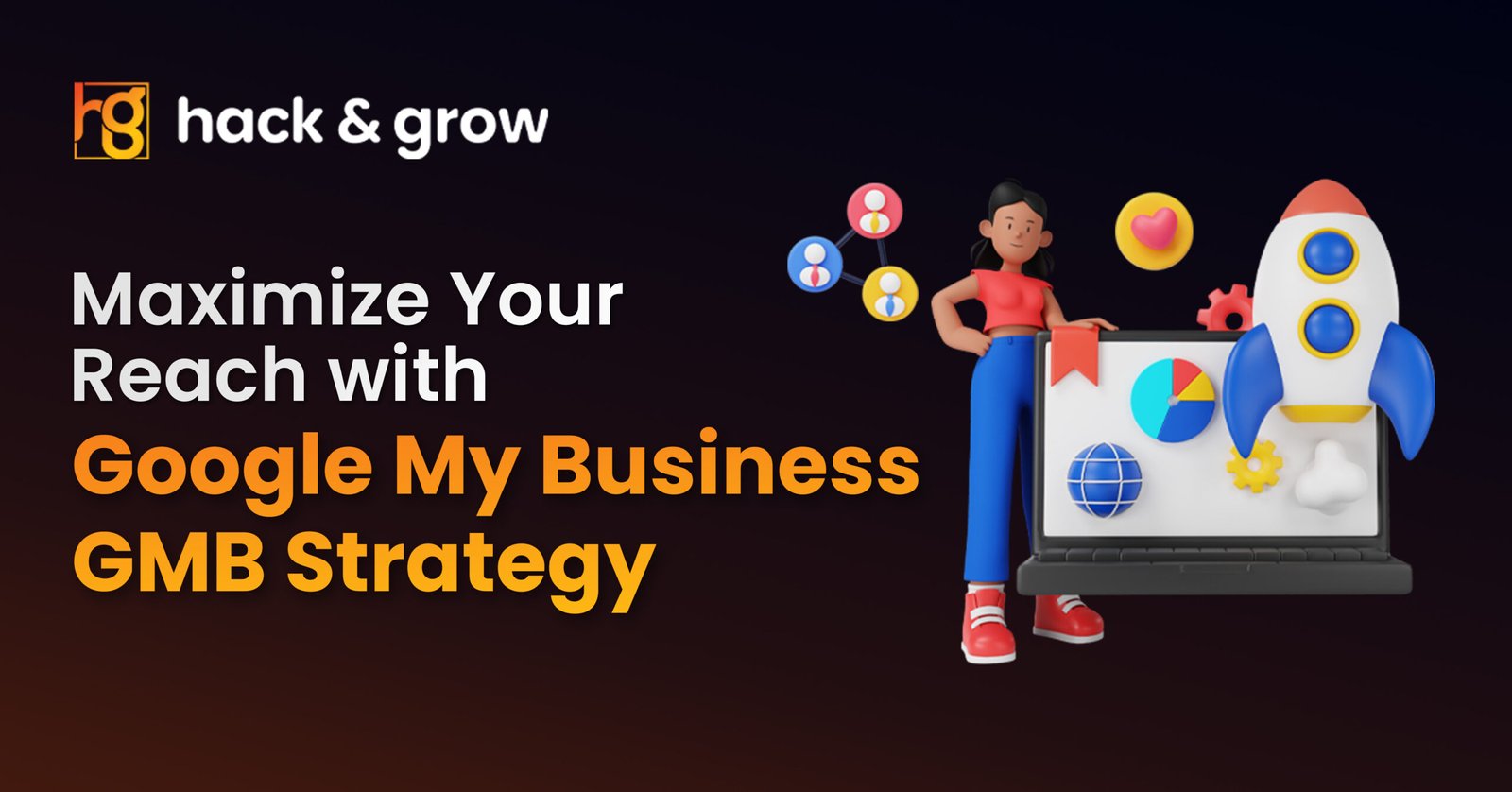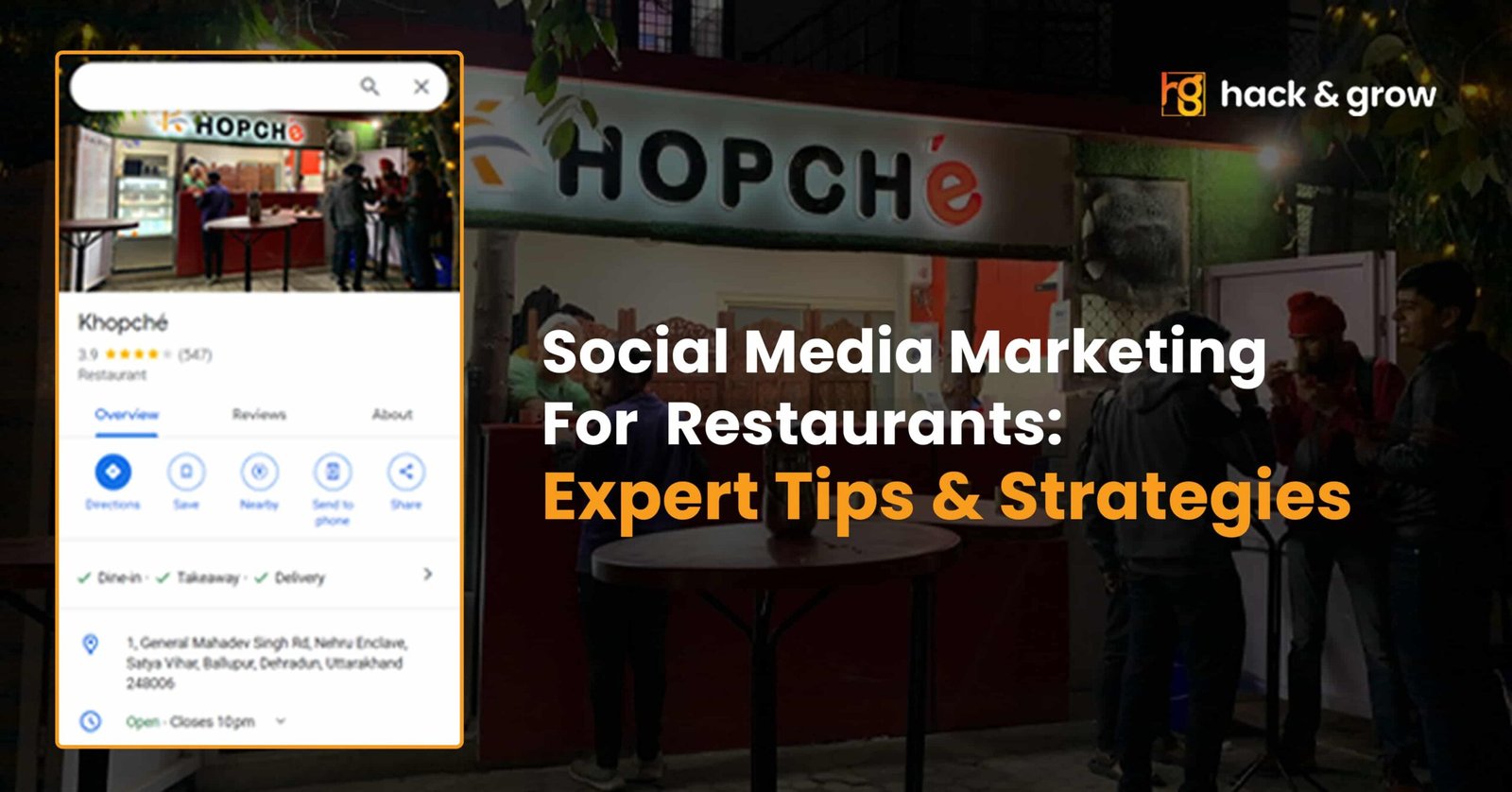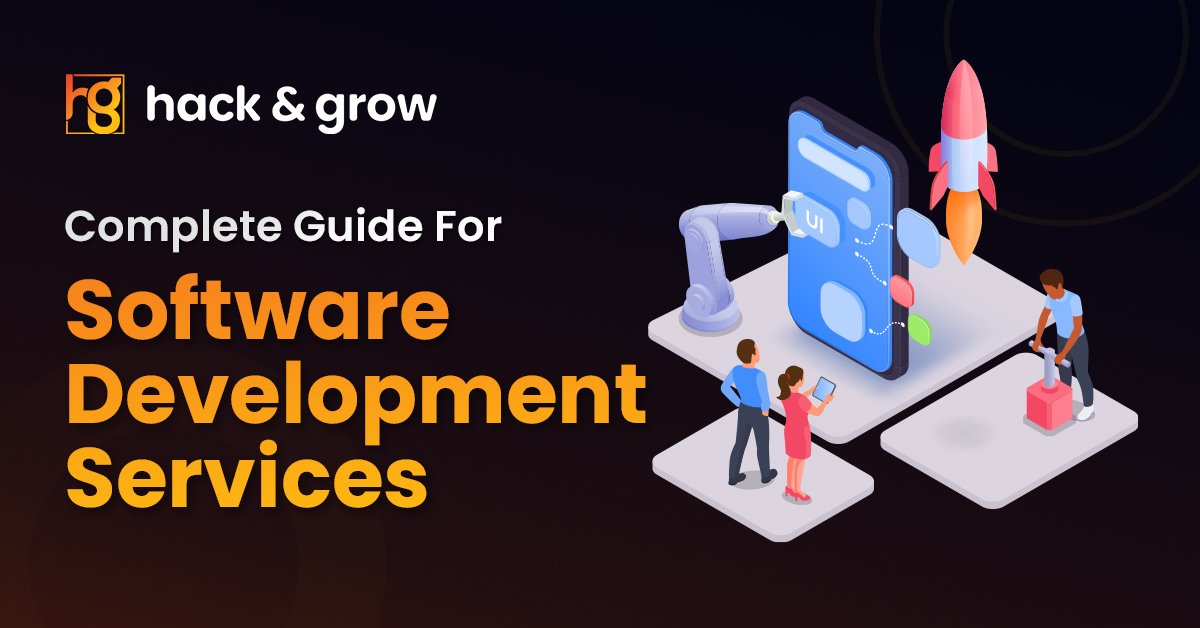In the ever-evolving world of search engines, mastering On-Page SEO is key to boosting rankings and driving organic traffic. From optimizing title tags to improving mobile responsiveness, this guide will cover the essential On-Page SEO strategies to keep your website competitive for years to come.
What is On-Page SEO?
The process of optimizing a single web page to raise its search engine ranking and attract more relevant traffic is known as “on-page SEO.” It involves a range of strategies including keyword optimization, meta tags, internal linking, and user experience enhancements. Since on-page SEO is one of the fundamental components that search engines like Google employ to rank your content, it is imperative that you understand it.

Best Practices for On-Page SEO in 2024 and Beyond
2024 is all about refining your On-Page SEO strategies to ensure you meet the latest ranking factors. Here’s a comprehensive breakdown of the best practices you should follow:
1. Optimize Title Tags and Meta Descriptions
Your title tag is one of the first elements a search engine notices. Keep your title tags under 60 characters and ensure they include your primary keyword, such as On-Page SEO. Similarly, your meta description should be no more than 158 characters and provide a compelling reason for users to click through to your page.
Example:
- Title Tag: Unlock the Power of Guest Blogging for Explosive SEO Growth
- Meta Description: Discover how guest blogging can boost your SEO with powerful strategies. Learn to gain high-quality backlinks and drive traffic through effective guest posts.
2. Use Header Tags Correctly
Header tags (H1, H2, H3) help structure your content, making it easier for users and search engines to navigate. Your H1 should always contain your primary keyword, while H2 and H3 tags should be used to break down sections of your content logically. These headings improve user experience and provide context for search engines.
3. Focus on High-Quality Content For SEO
Content remains king in 2024. Focus on creating high-quality, engaging, and informative content that answers users’ queries. Use your primary keyword naturally throughout the content, without overstuffing. Instead of keyword stuffing, focus on related keywords and synonyms to make your content sound more natural and relevant to search intent.
4. Use Internal Linking Strategies
Internal links are a powerful tool for both On-Page and user experience. By using internal linking strategies, you can guide users to related content and help search engines understand your site’s structure. This also distributes page authority across your website.
Why Mobile SEO Optimization Still Matters
With the majority of users accessing websites via mobile devices, ensuring your site is mobile-friendly is a non-negotiable aspect of On-Page SEO in 2024. Google’s mobile-first indexing prioritizes Mobile SEO Optimization content, so you need to ensure your pages are responsive and load quickly on all devices.
1. Improve Page Speed
A fast-loading website improves user experience and lowers bounce rates, both critical for SEO. Use tools like Google PageSpeed Insights to test your website’s speed and implement necessary fixes, such as compressing images, reducing server response time, and leveraging browser caching.
2. Ensure Mobile Responsiveness
Responsive design ensures your website adapts to different screen sizes, providing an optimal experience on mobile devices. Mobile responsiveness is one of Google’s ranking factors, making it essential to your On-Page SEO strategy.
Keyword Optimization: A Balanced Approach
Keyword optimization is still a core element of On-Page, but the way you implement it has changed over the years. In 2024, it’s about balance and user intent.
1. Use Primary Keywords Strategically
Your primary keyword, On-Page SEO, should appear naturally throughout the content without overloading. The recommended keyword density is about 1-1.5%, which means using your primary keyword 15 times in an 800-word blog like this.
2. Include Long-Tail Keywords
Long-tail keywords are specific phrases that capture searcher intent more accurately. For this blog, a long-tail keyword like “best practices for On-Page SEO in 2024” can target search queries that focus on the latest strategies.
3. Use LSI Keywords
Related terms that assist Google in deciphering the context of your content are known as Latent Semantic Indexing (LSI) keywords. Use related keywords such as SEO best practices, meta tags for SEO, and keyword optimization techniques to create comprehensive content that ranks well.
How to Improve Page Speed for On-Page SEO
Page speed is a critical component of On-Page SEO and user experience. A website that loads slowly may see a decline in ranks and a high bounce rate. Here are some tips to improve your page speed:
- Compress large images
- Minimize CSS and JavaScript files
- Enable browser caching
By focusing on how to improve page speed, you not only enhance the user experience but also boost your site’s SEO performance.
Conclusion: For Long-Term Success
By following these On-Page SEO best practices, you’ll improve both user experience and search rankings. Always prioritize high-quality content, make sure your internal linking is strategic, and never overlook mobile optimization. Don’t forget mobile optimization and page speed as key contributors to your SEO strategies..
Implement these best practices, and you’ll be on your way to On-Page SEO success in 2024 & beyond.

